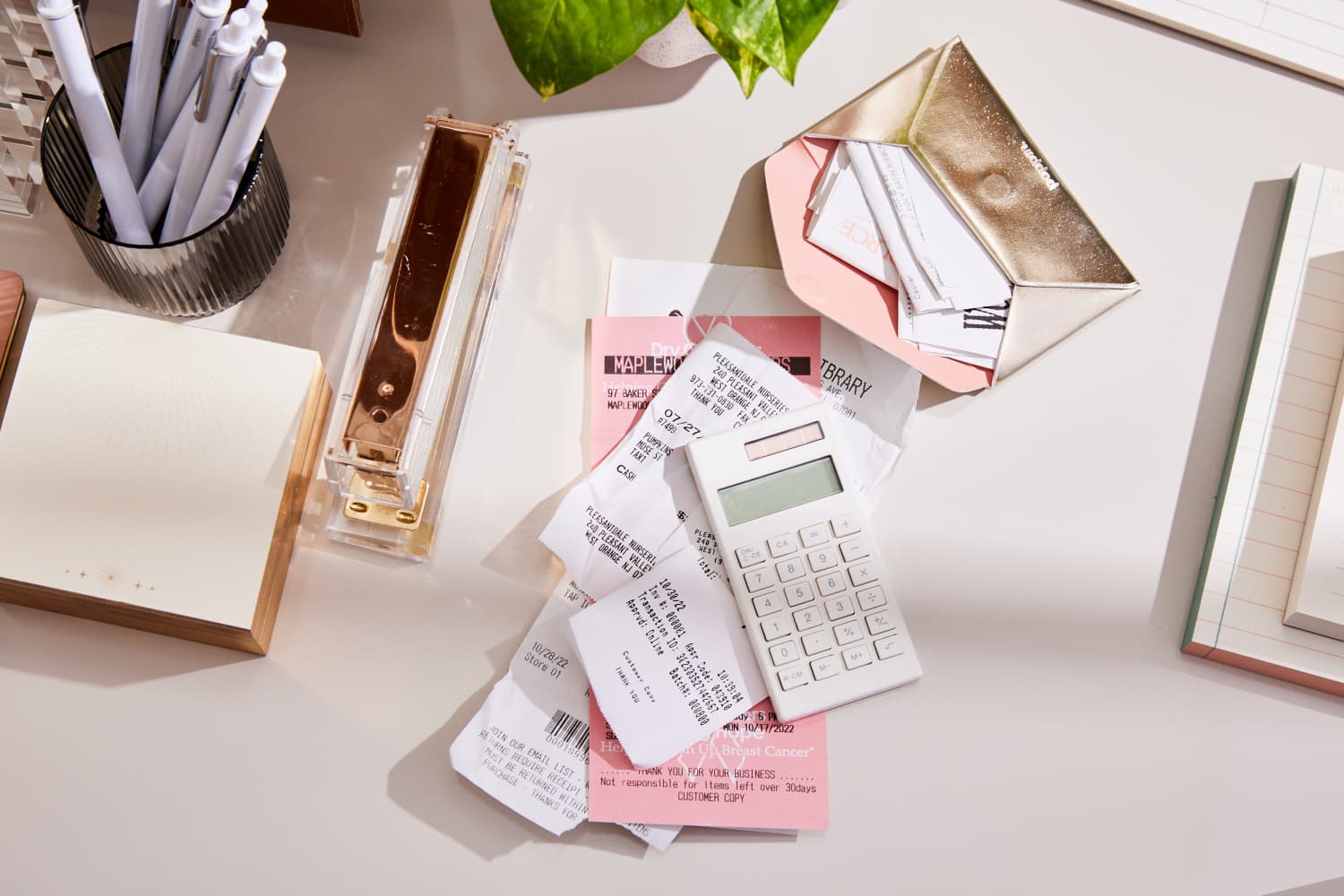
""What I've always found valuable about a checkbook register is that it helps you keep a close eye on your money and know exactly what's in your account, not just what your bank shows online," says Julie Beckham, financial education officer at Rockland Trust. "Your balance on a website or app may not include pending transactions, automatic payments, or checks that haven't cleared, which can make it easy to spend money you don't actually have.""
"But it does have its downsides - primarily, it makes buying things way too easy. I check my account balances daily, logging into my checking, savings, and credit card accounts, but if I wasn't so diligent, I could see it being easy to lose track of my spending. Though I know how much I'm spending, I often struggle to categorize my expenses."
Smartwatch and digital payments make purchases effortless but can obscure real-time spending and expense categorization. Online balances may omit pending transactions, automatic payments, or uncleared checks, increasing overspending risk. The checkbook method uses a check register booklet or a personal ledger (paper, Excel, or purchased register) to record every expenditure across all accounts, deduct each amount from the running balance, and monitor available funds. Physically recording transactions creates a tangible reconciliation process, clarifies true account balances, and improves visibility and control over spending habits.
Read at Apartment Therapy
Unable to calculate read time
Collection
[
|
...
]